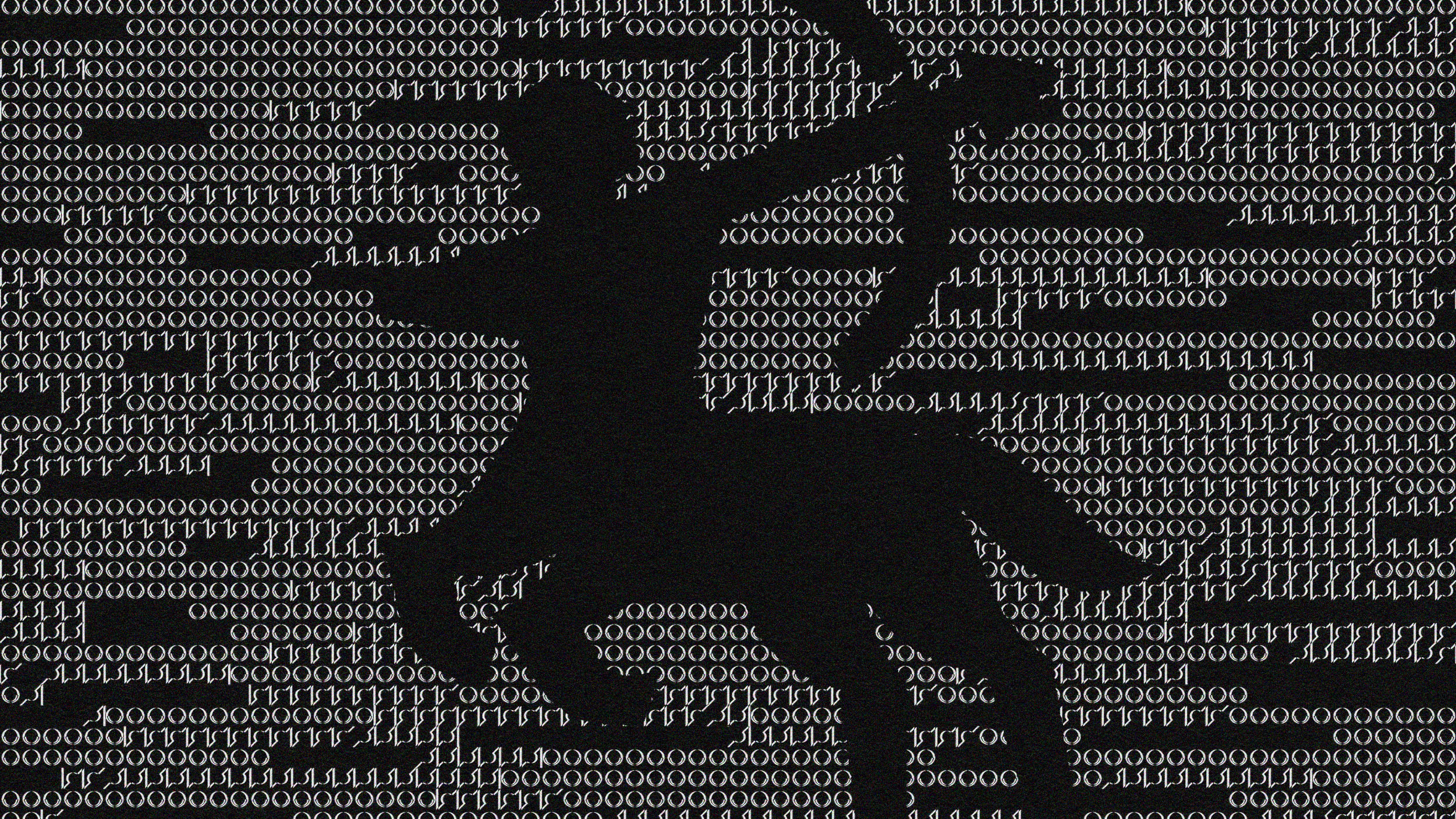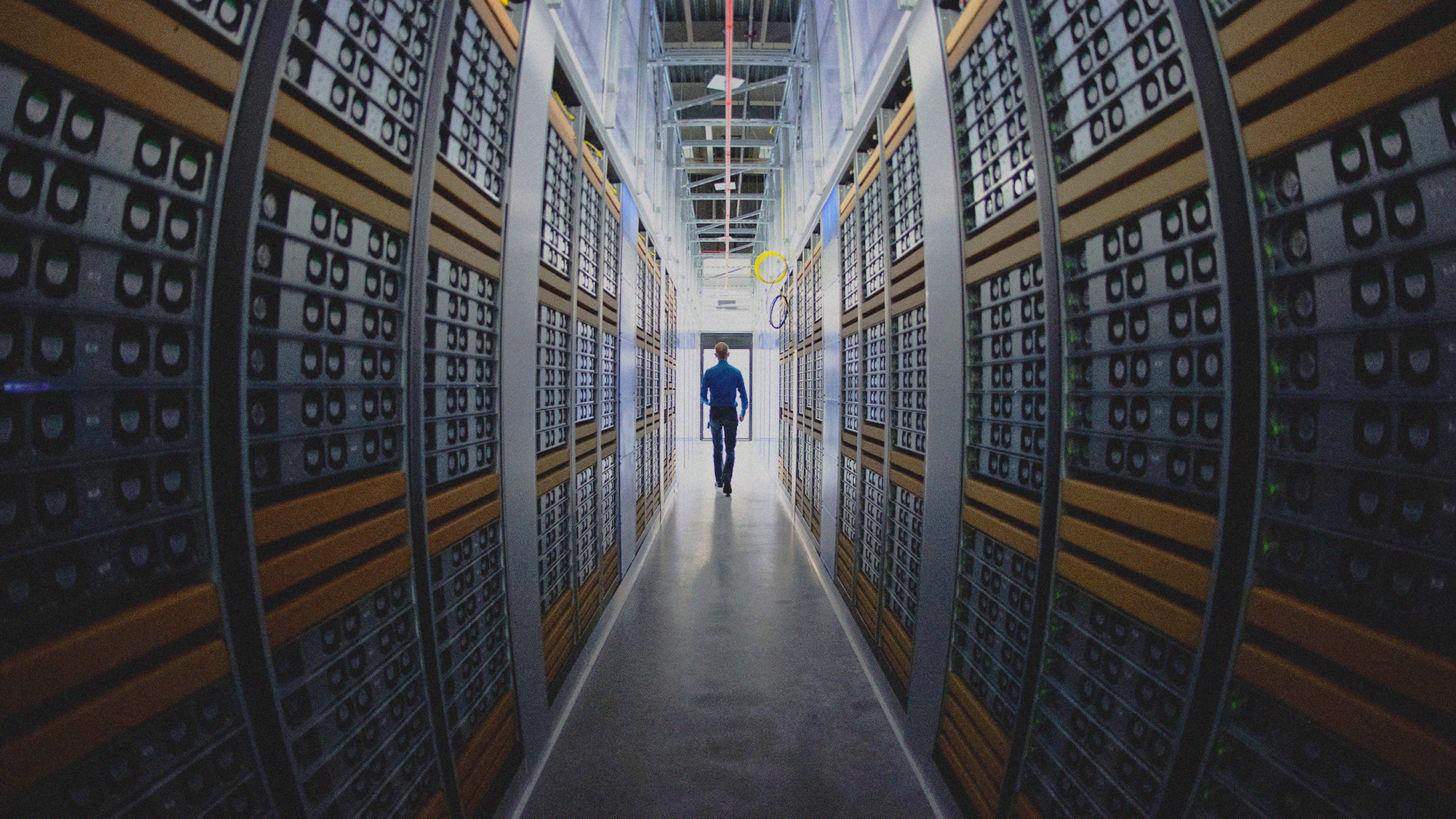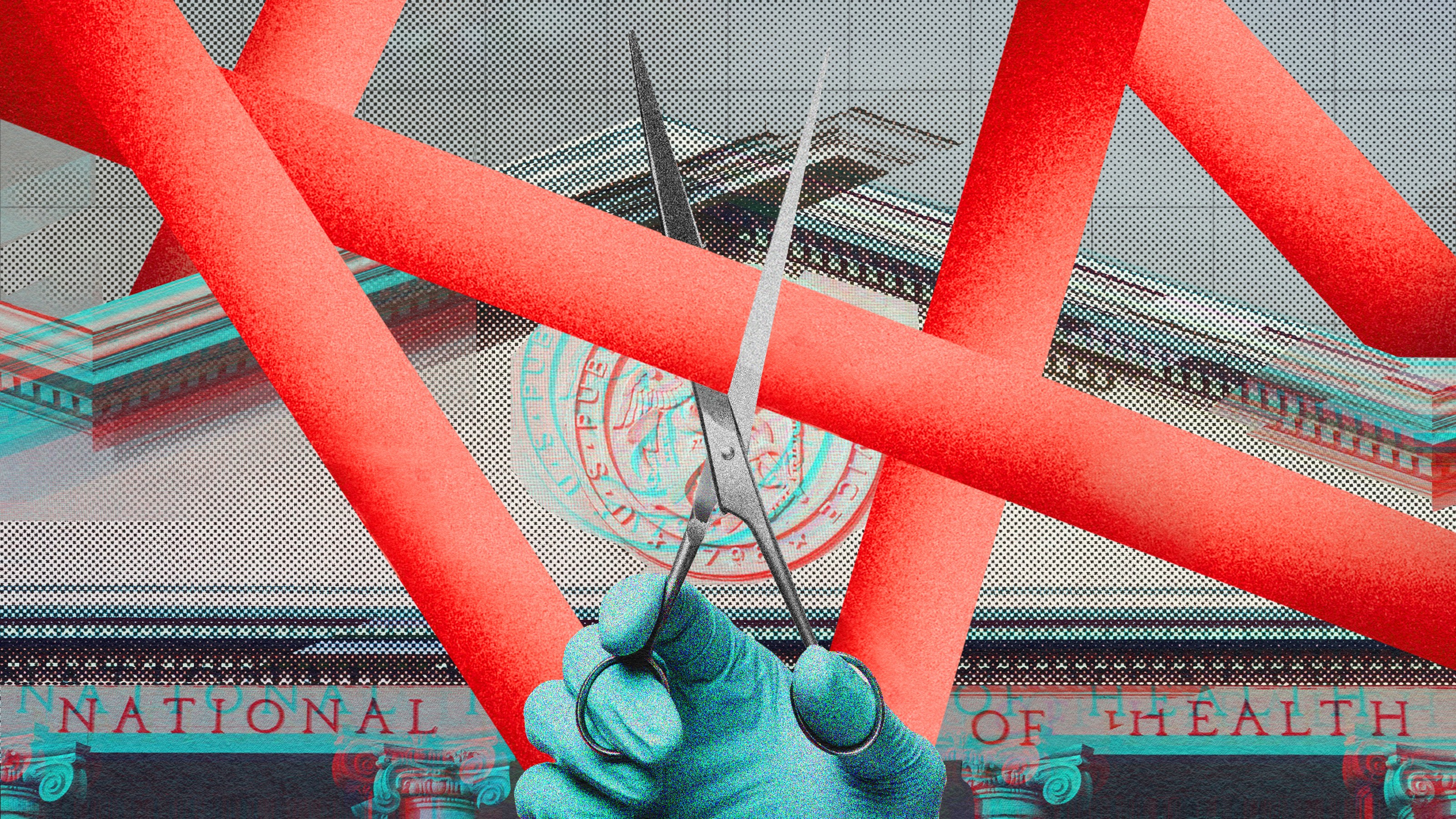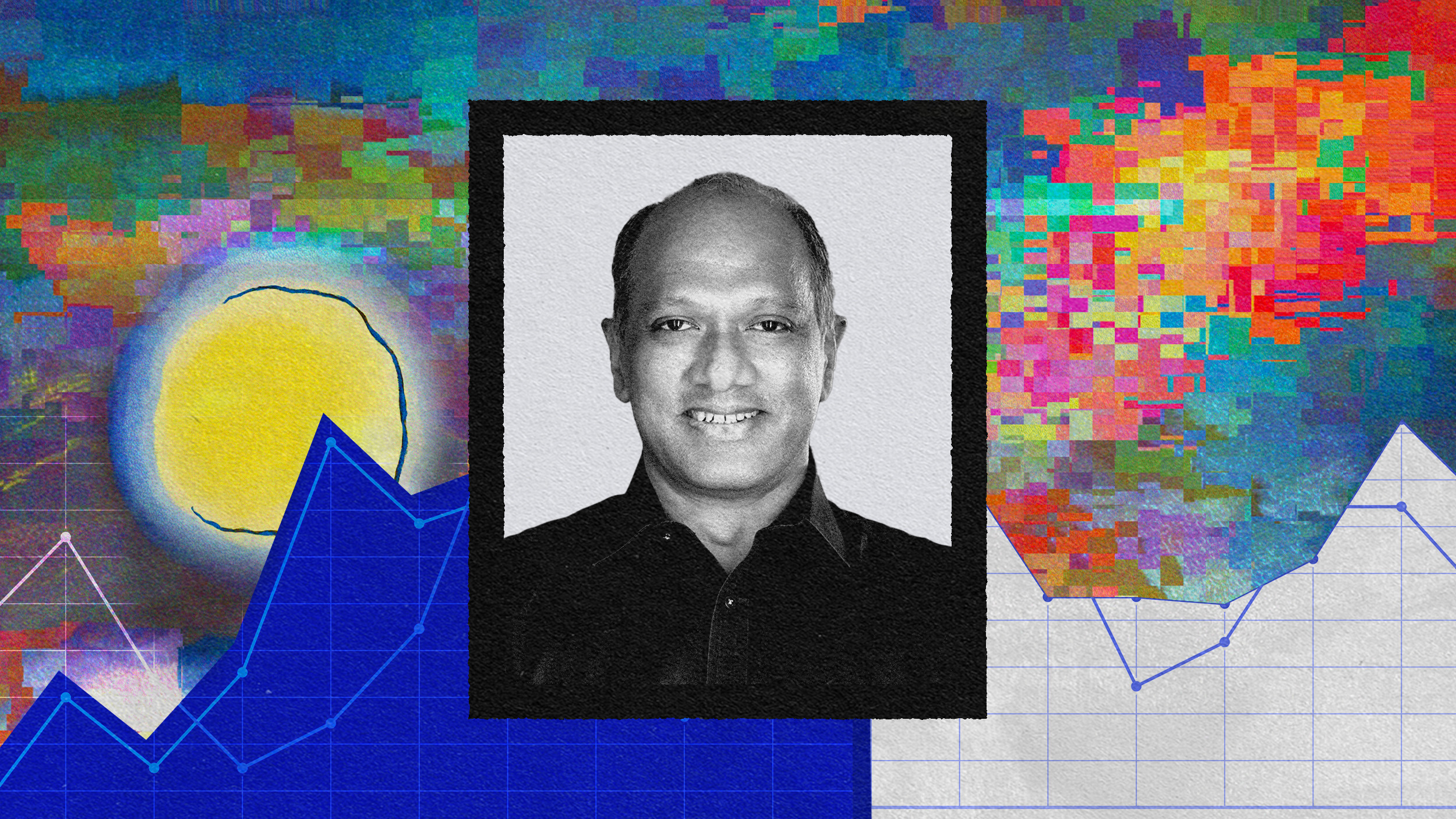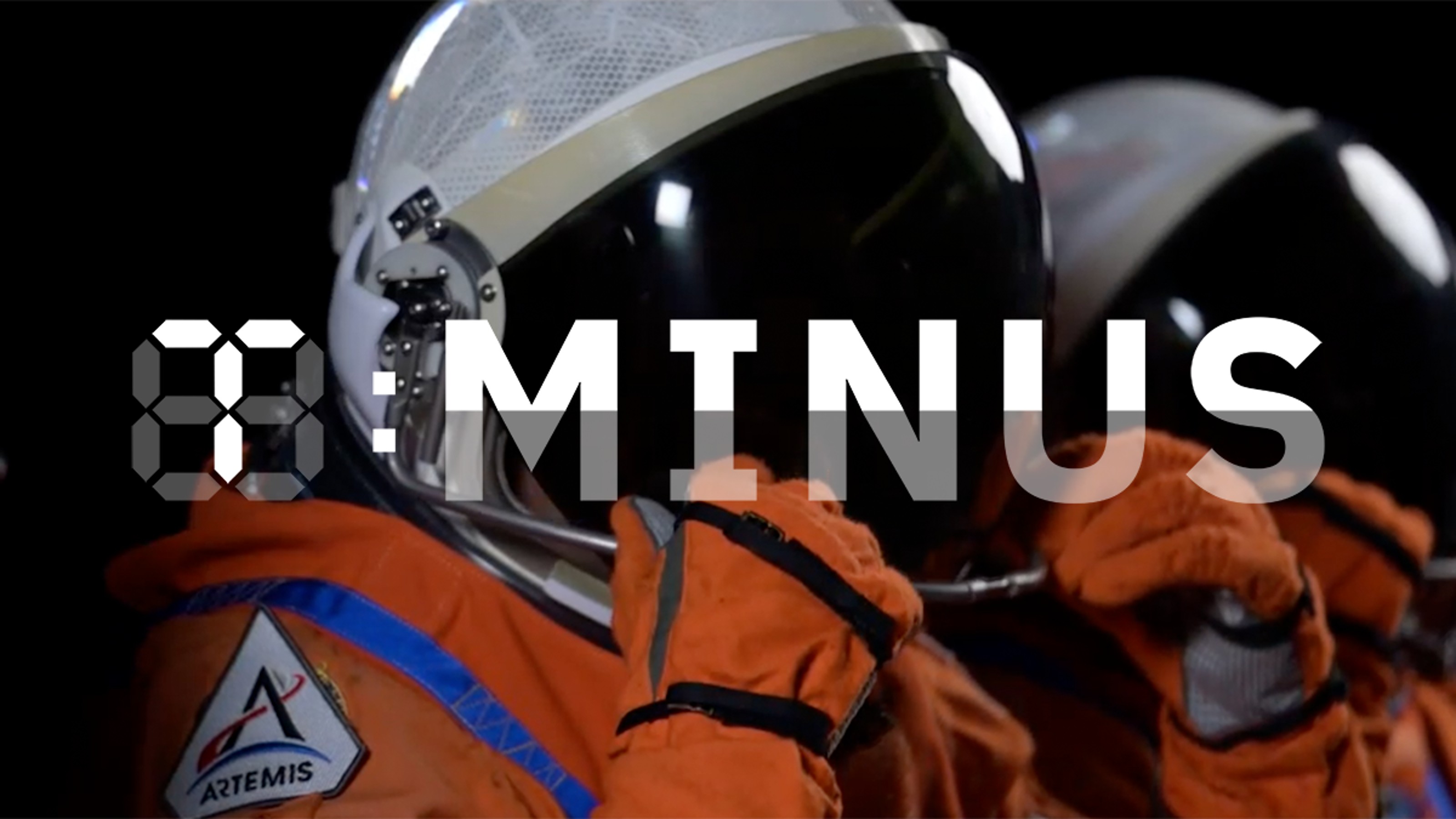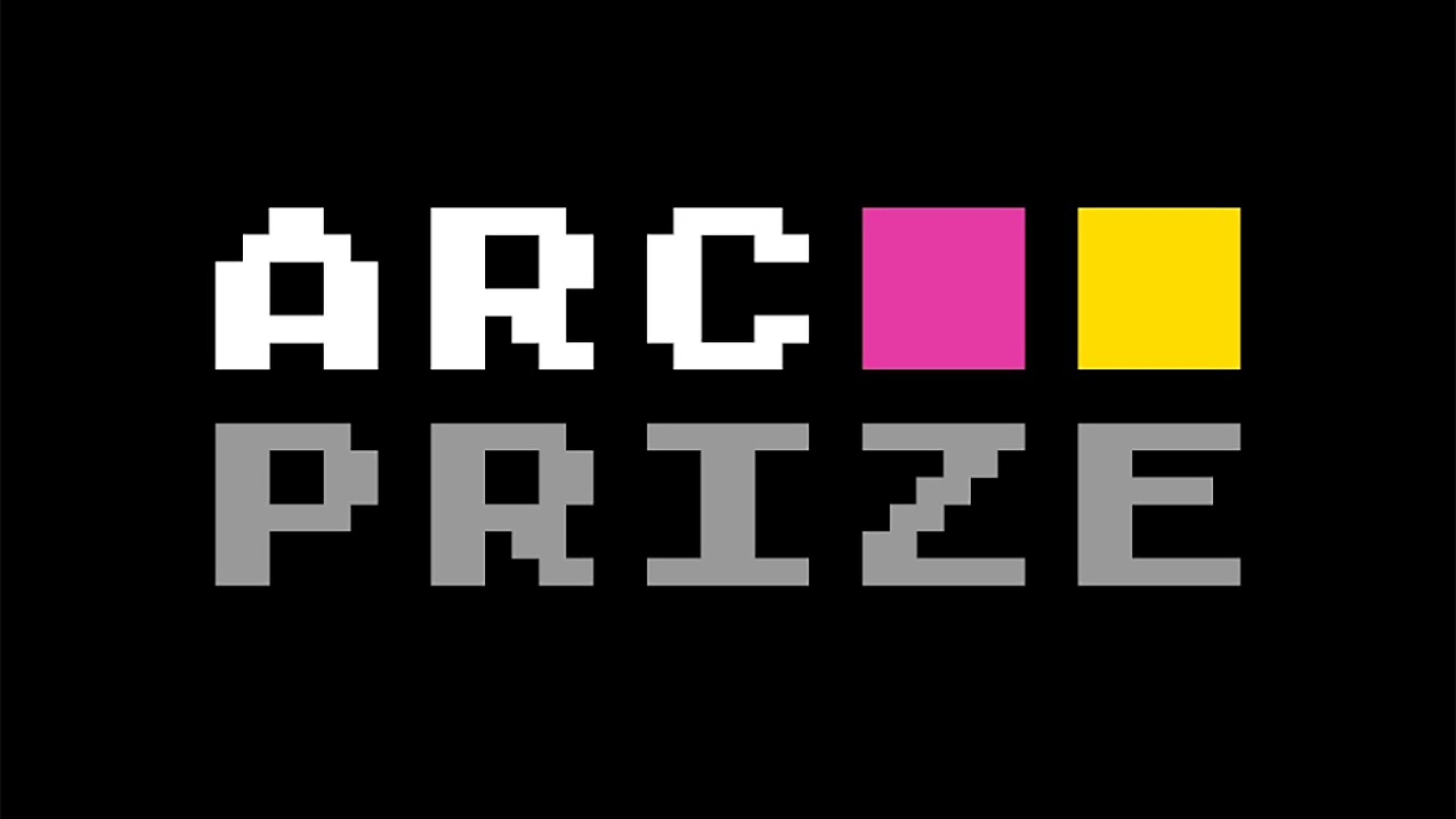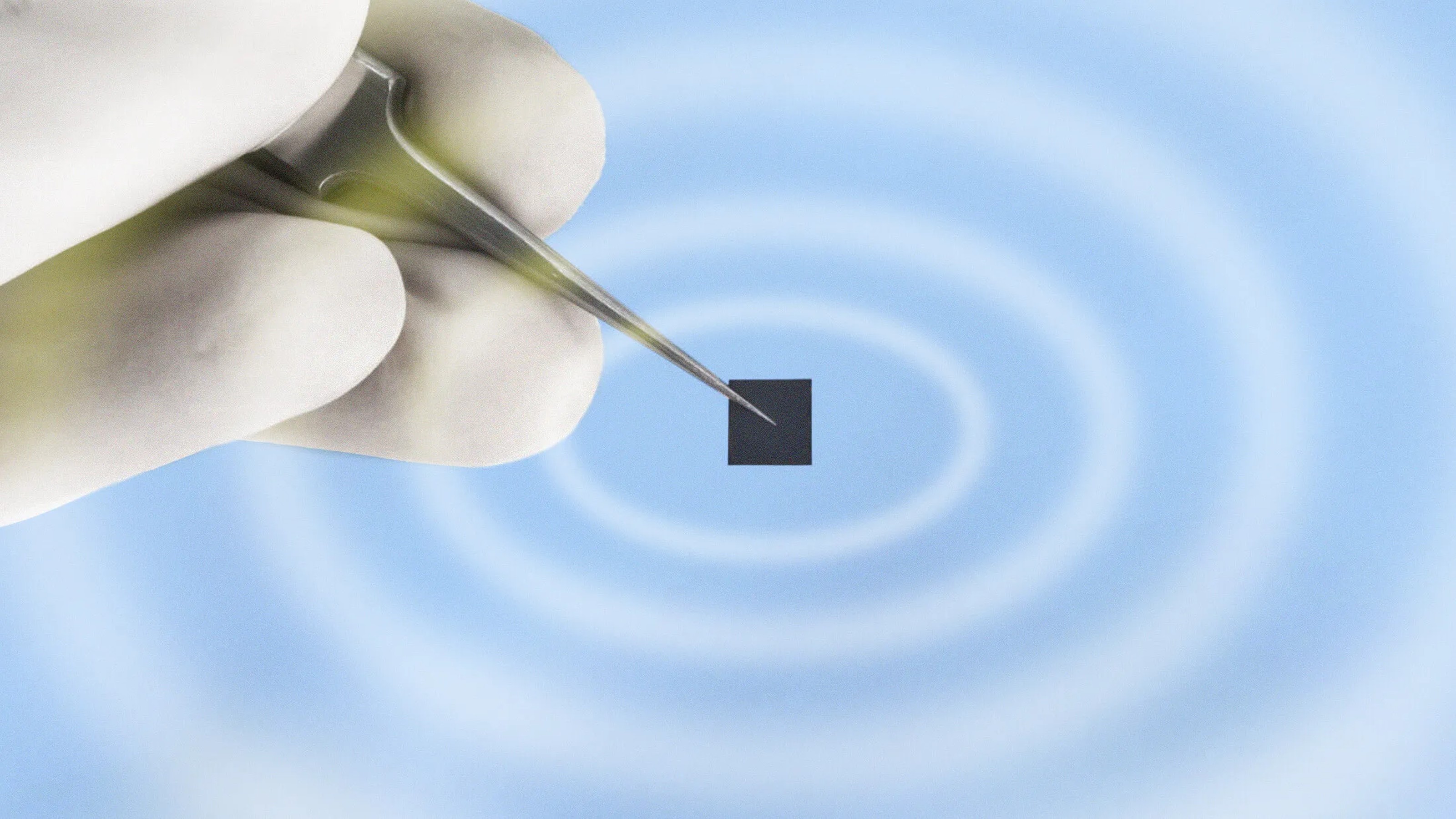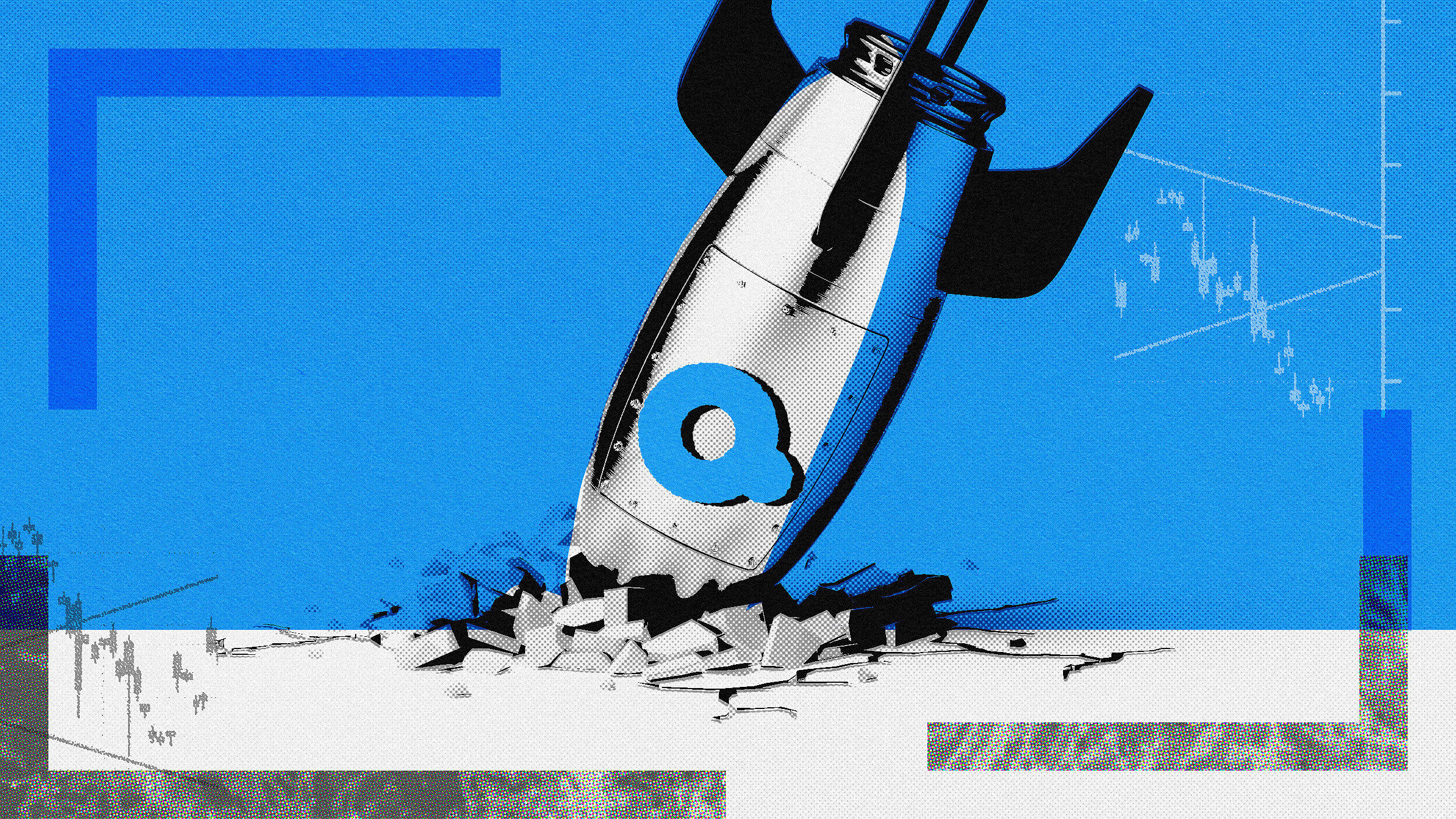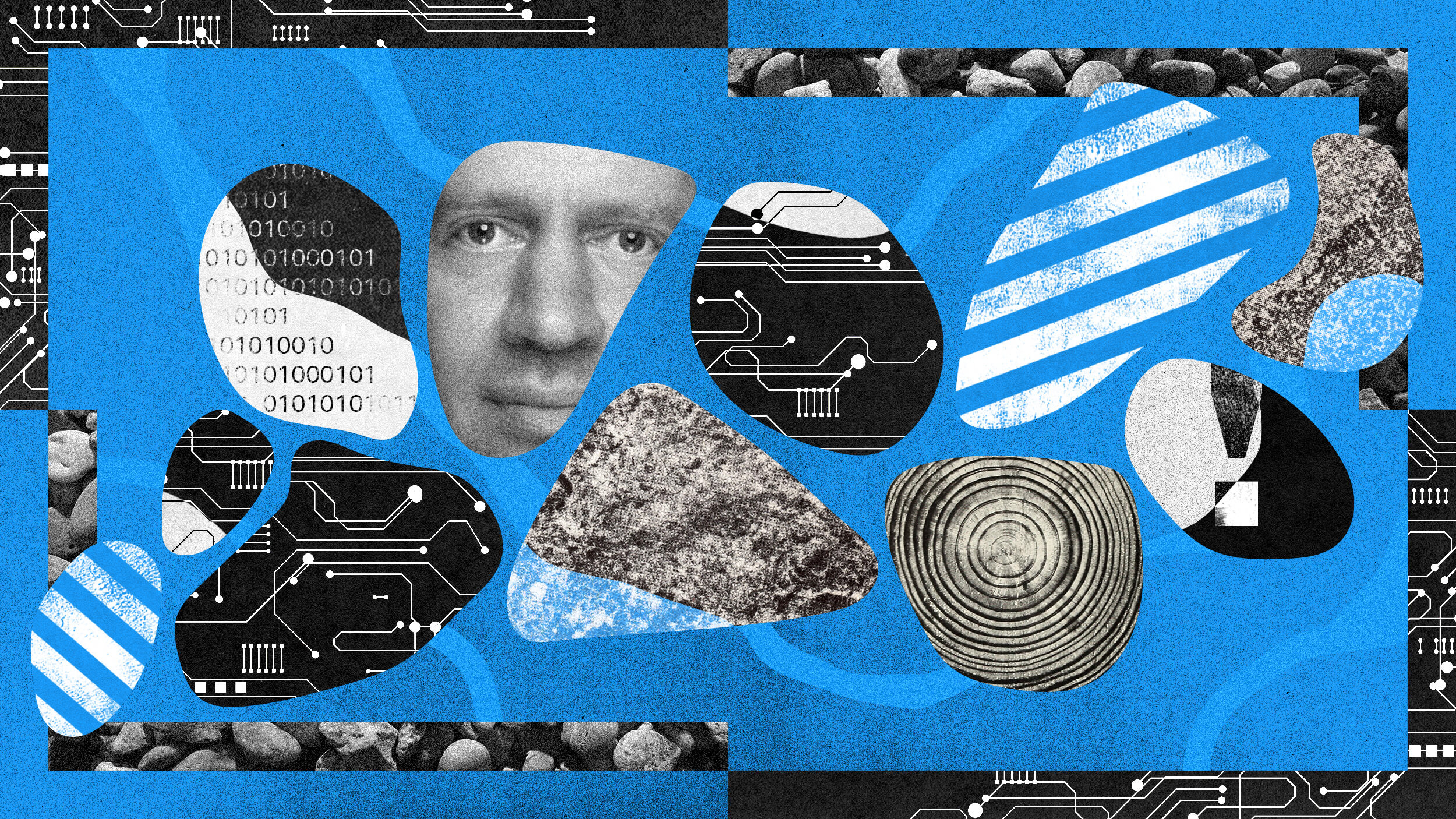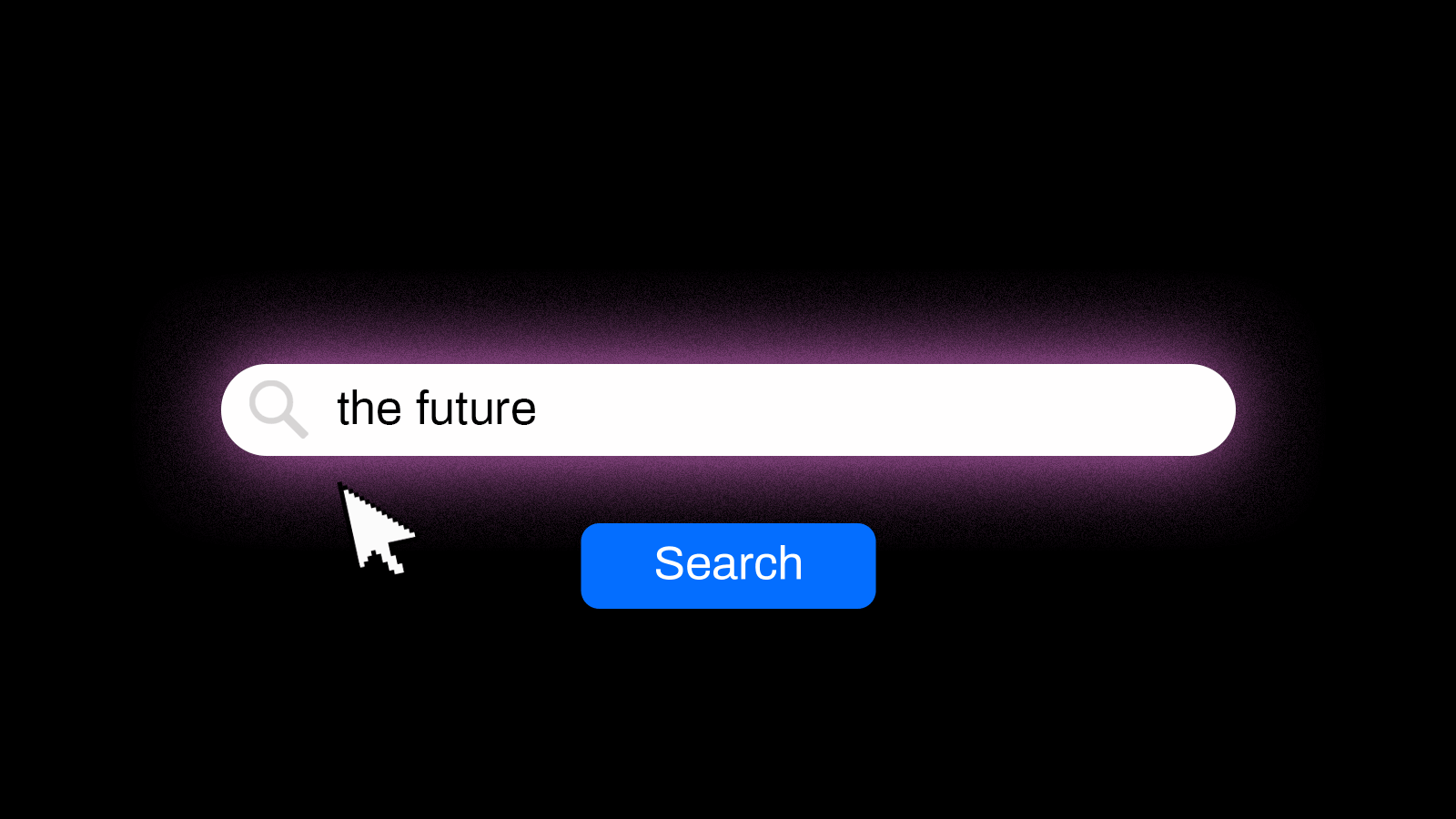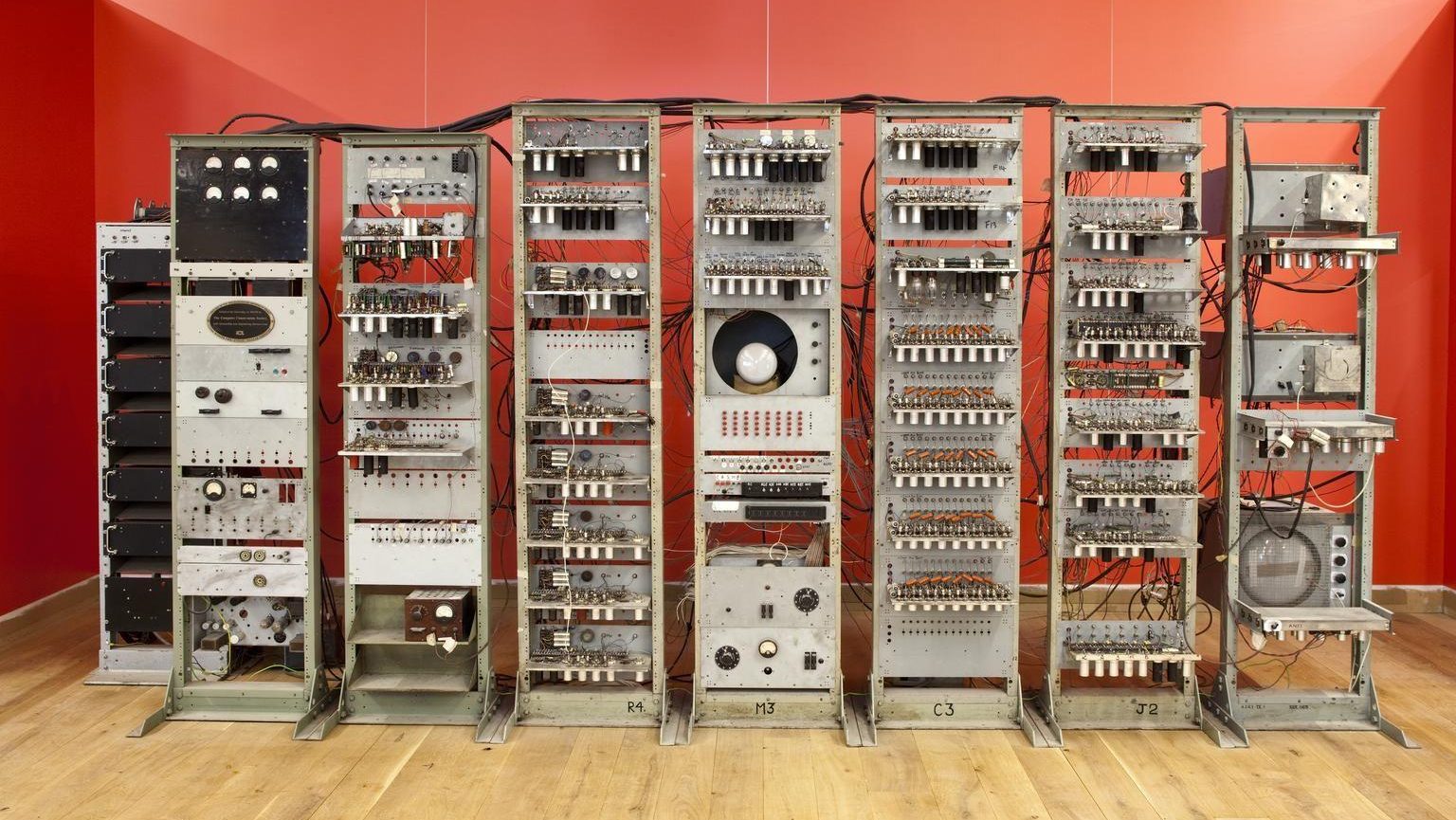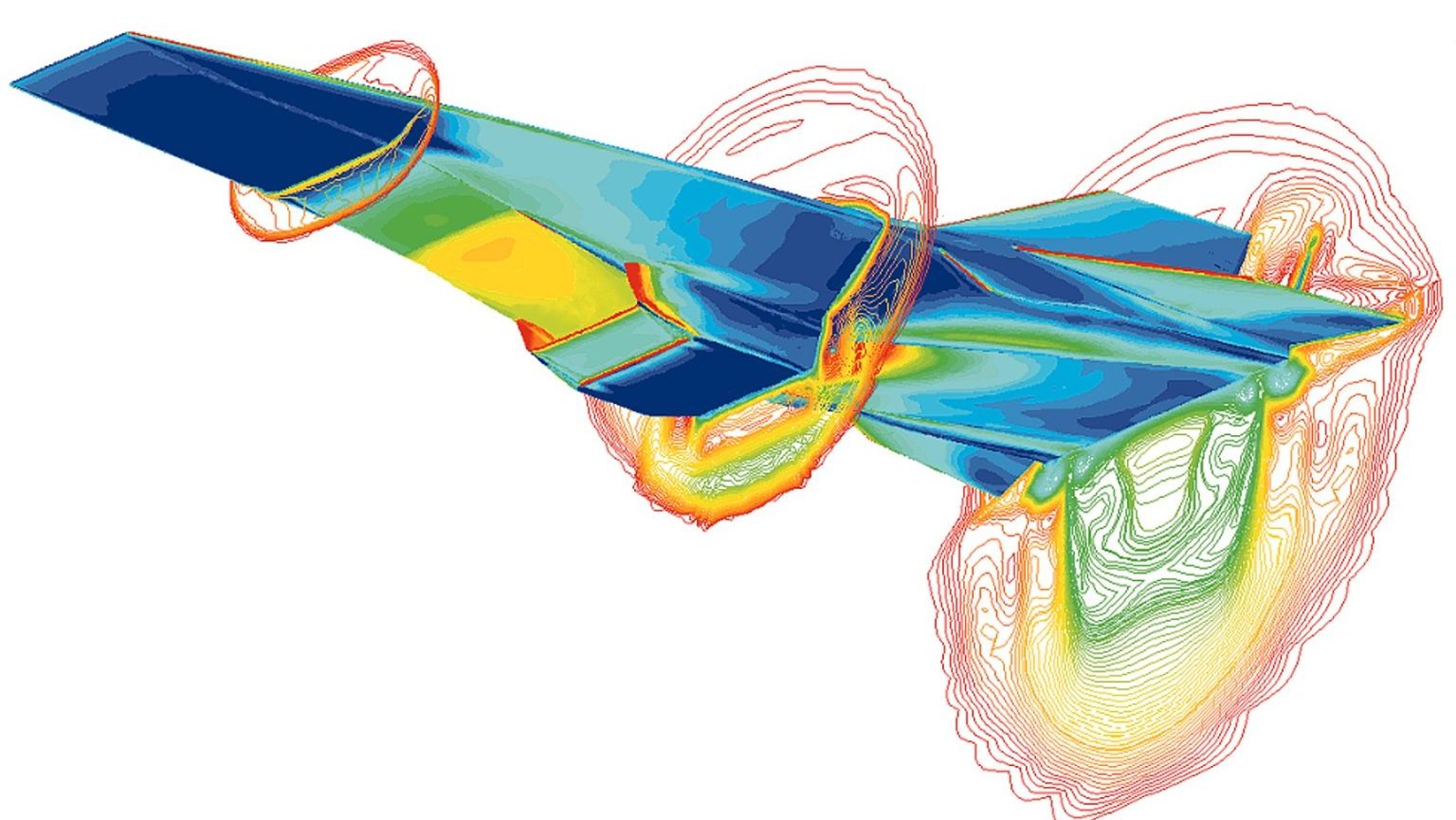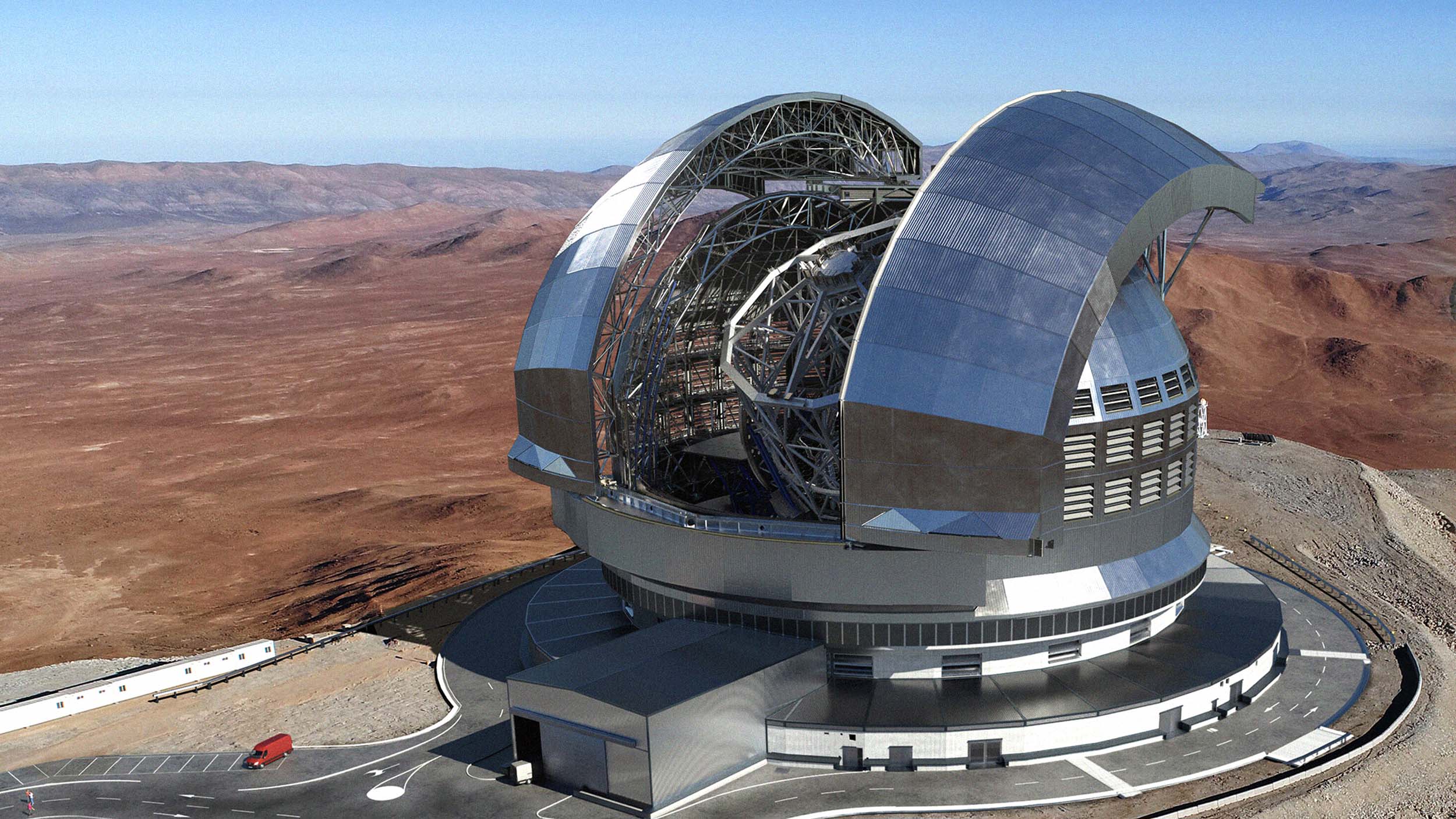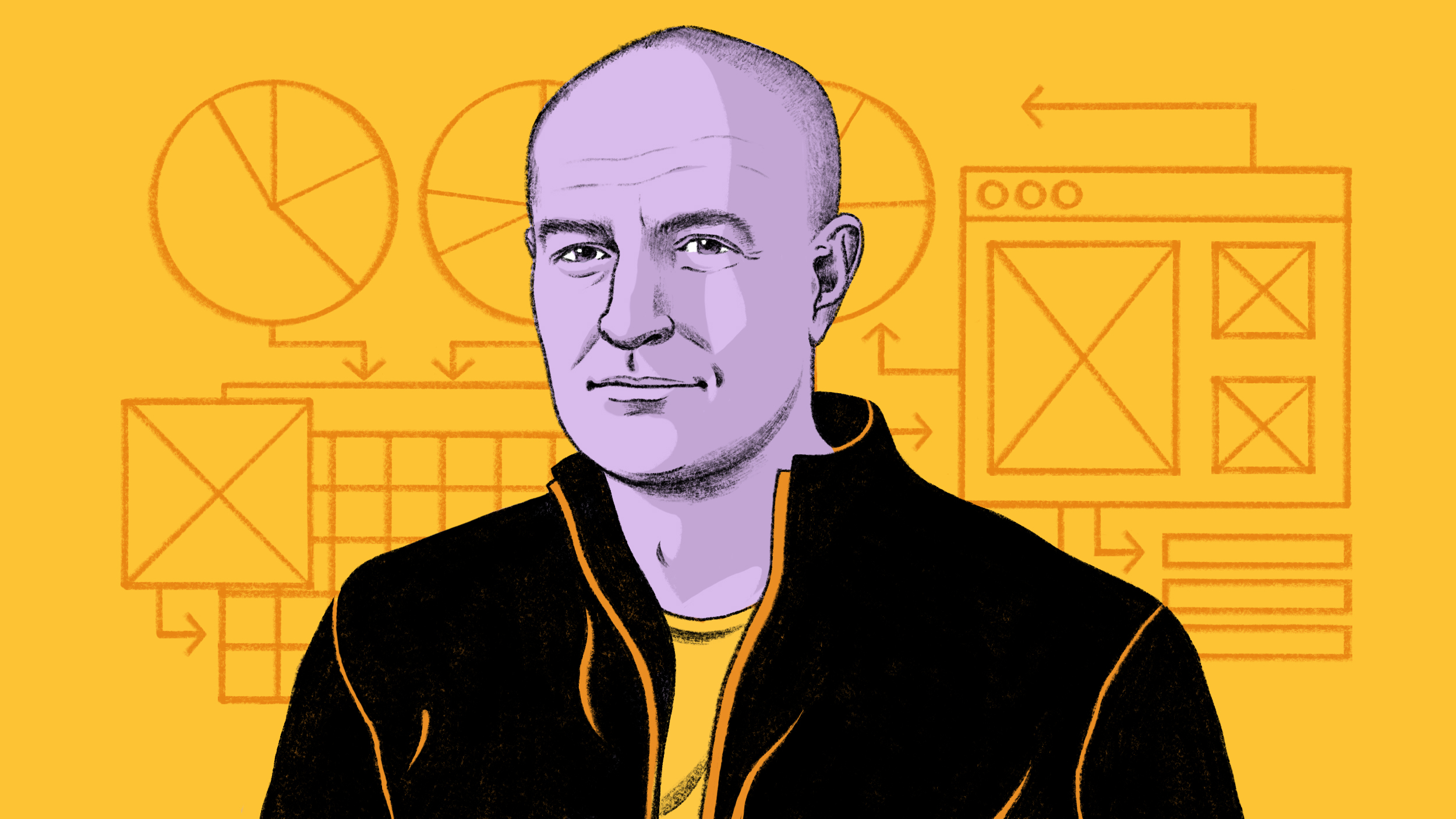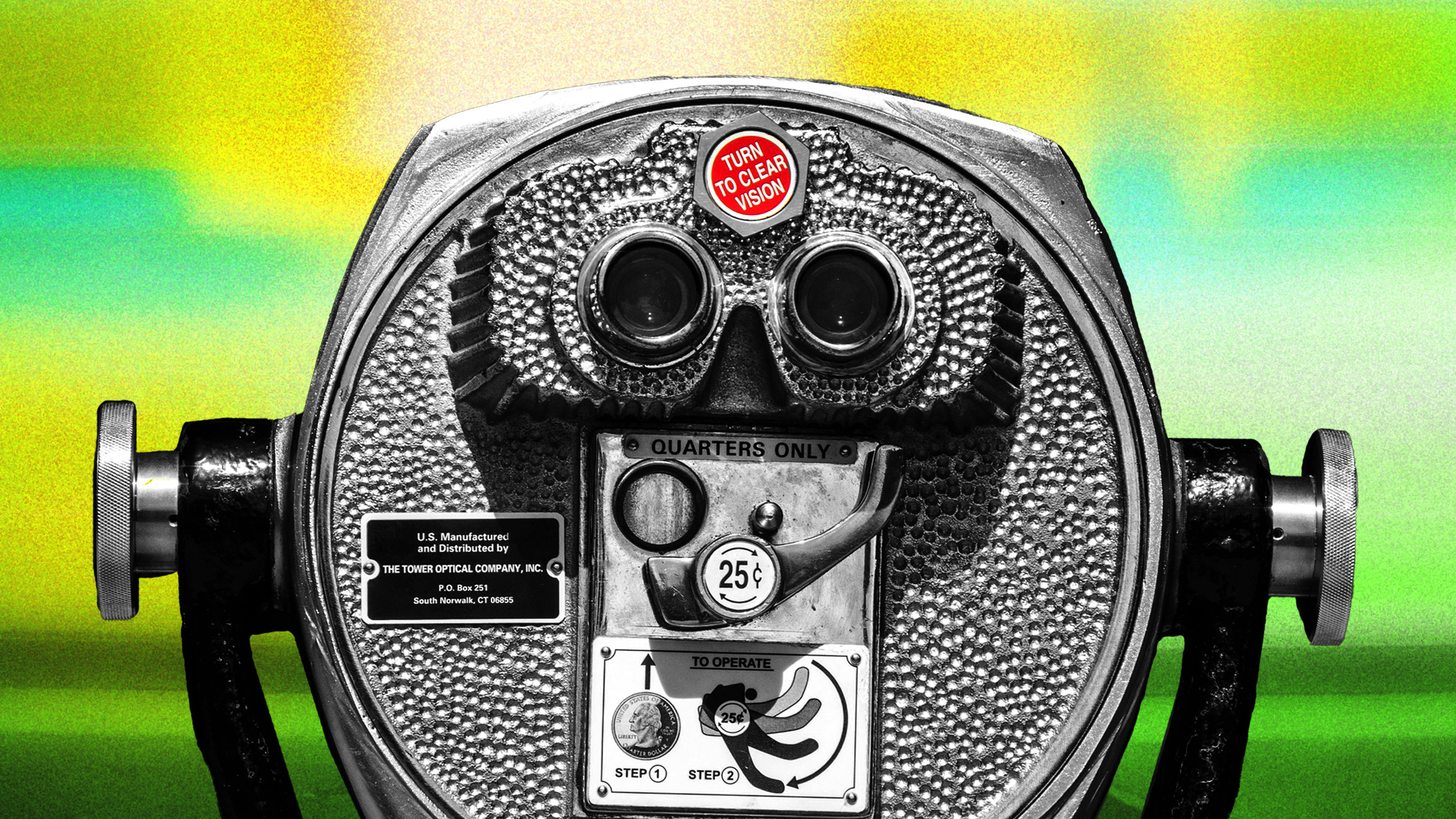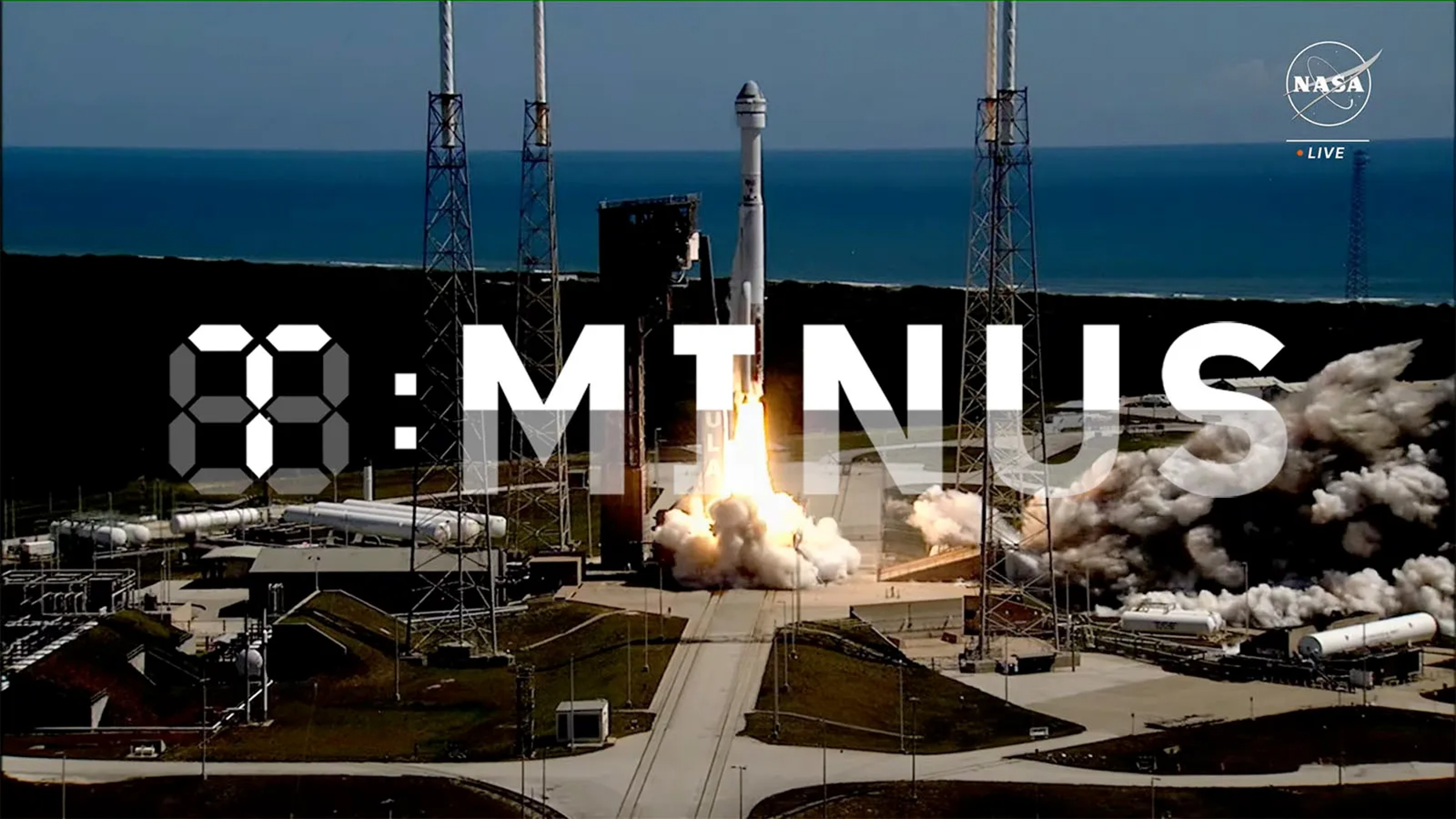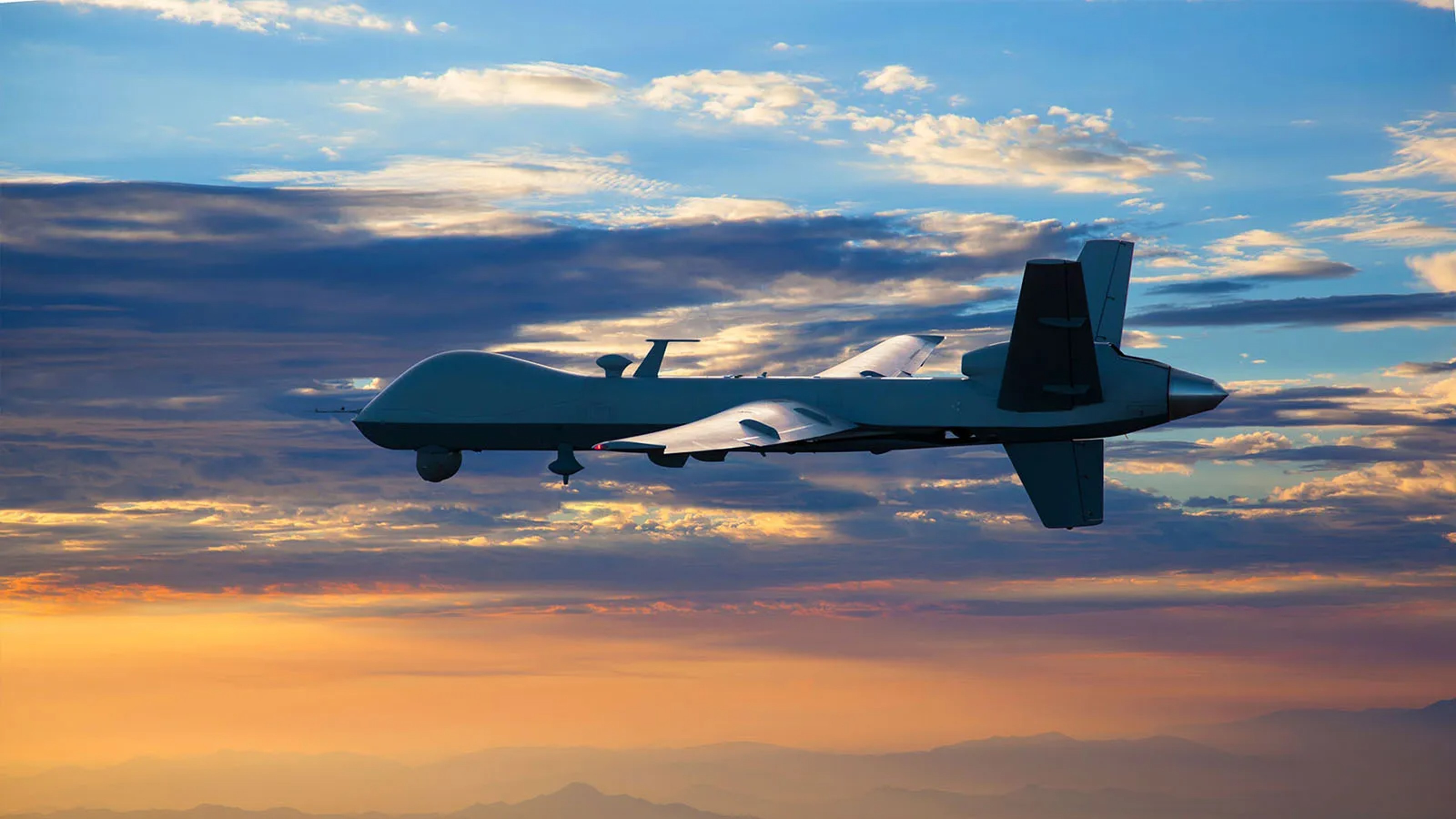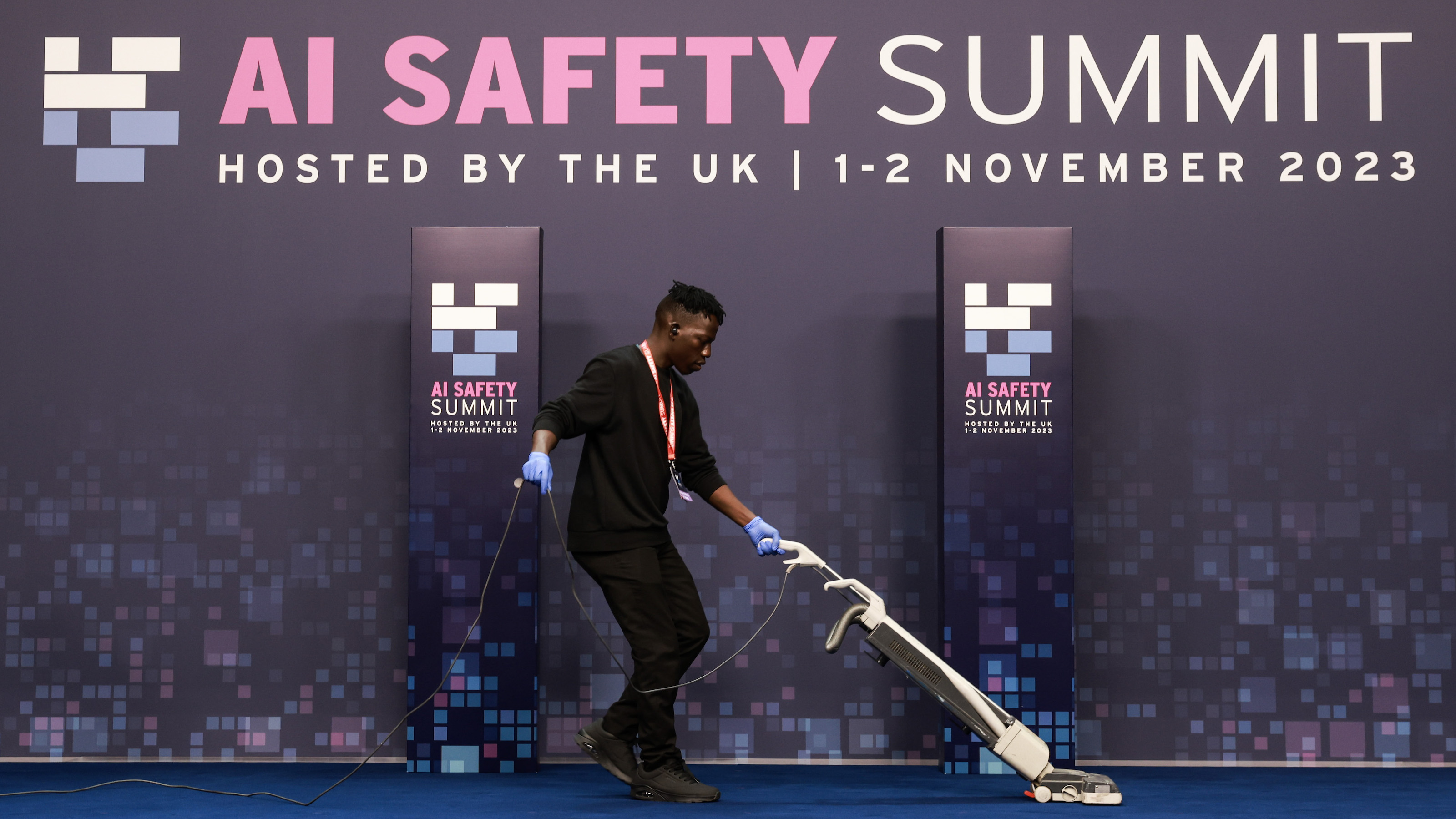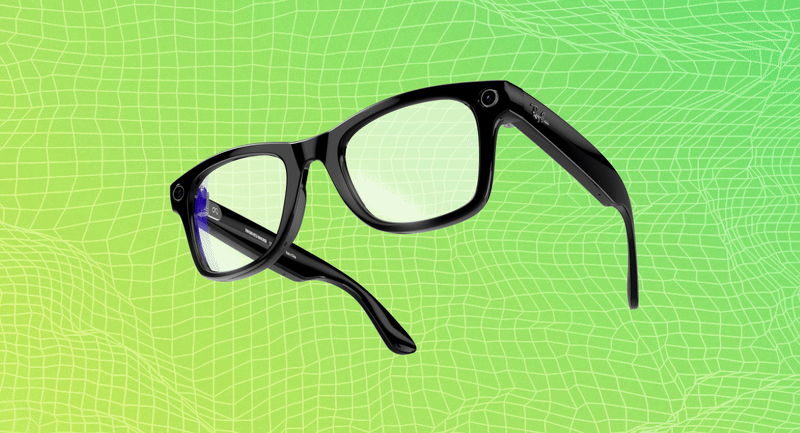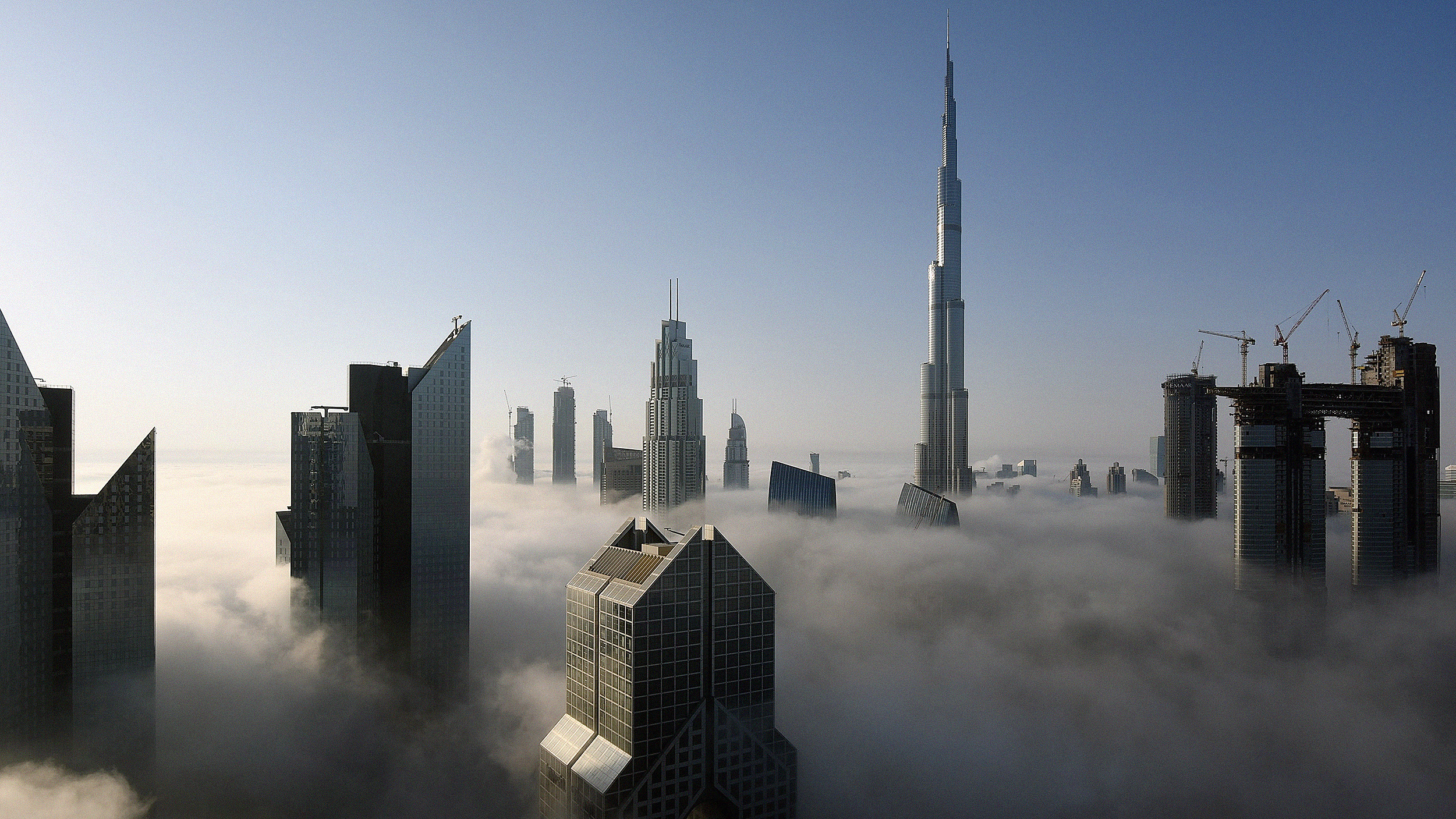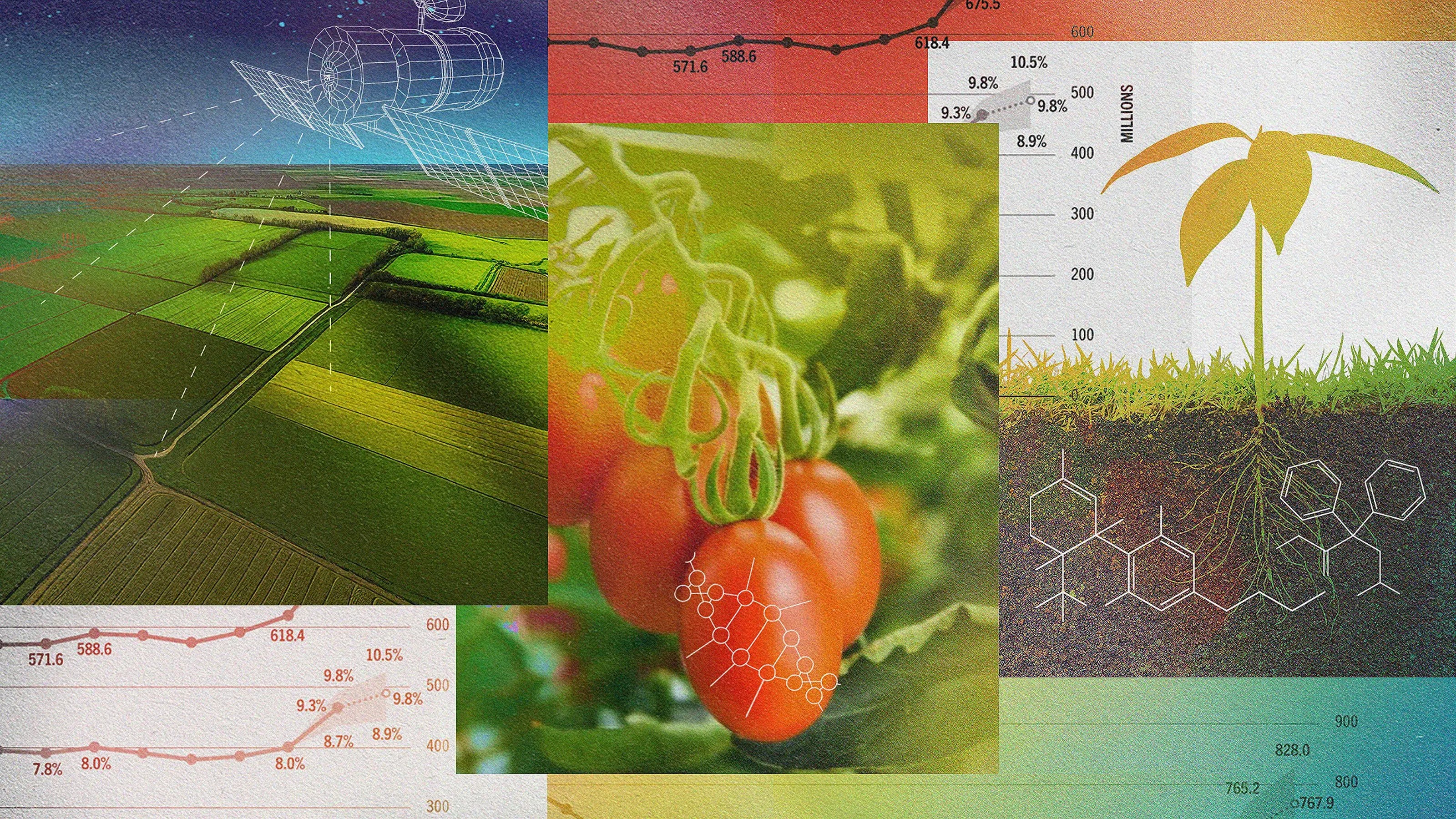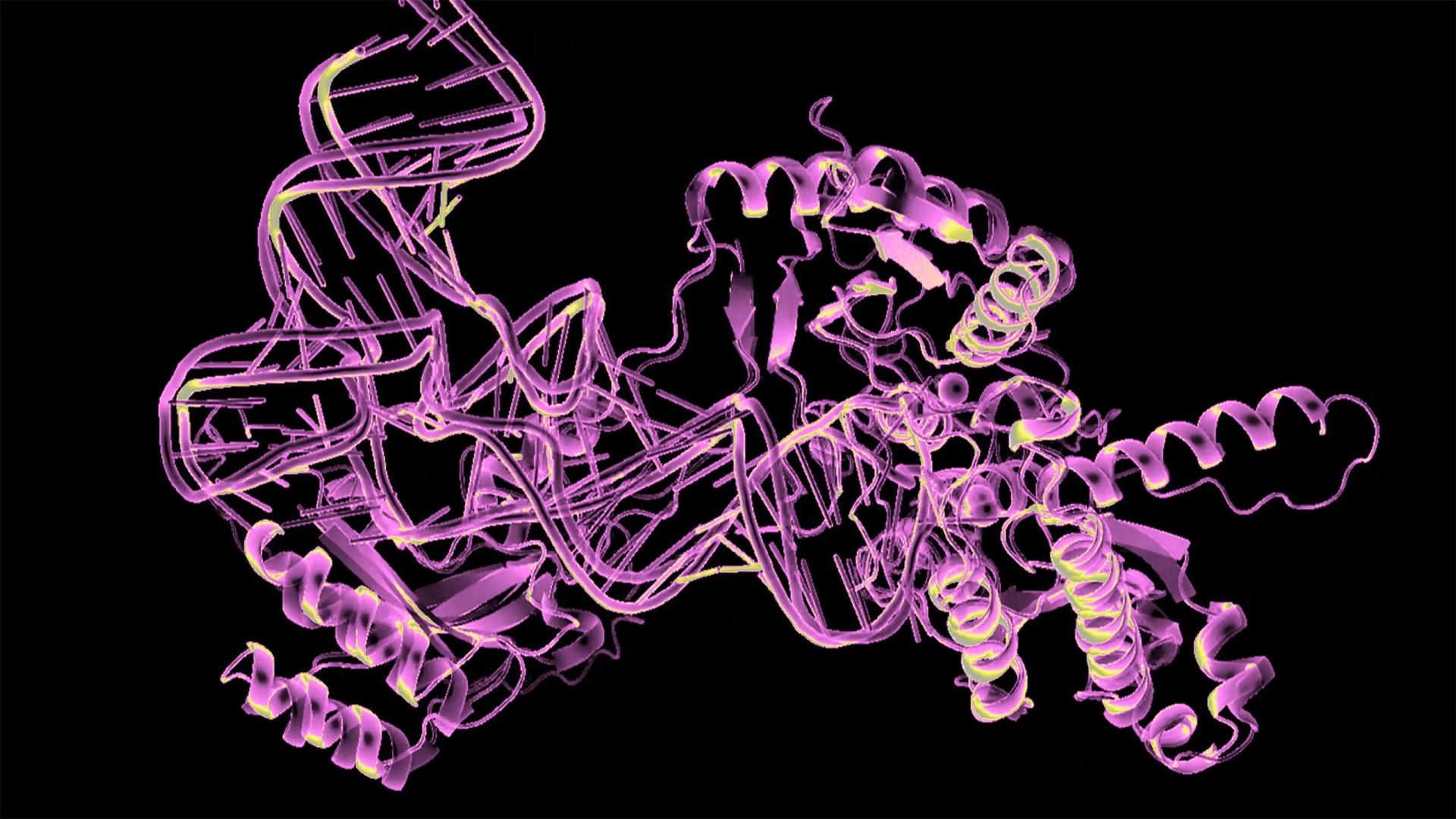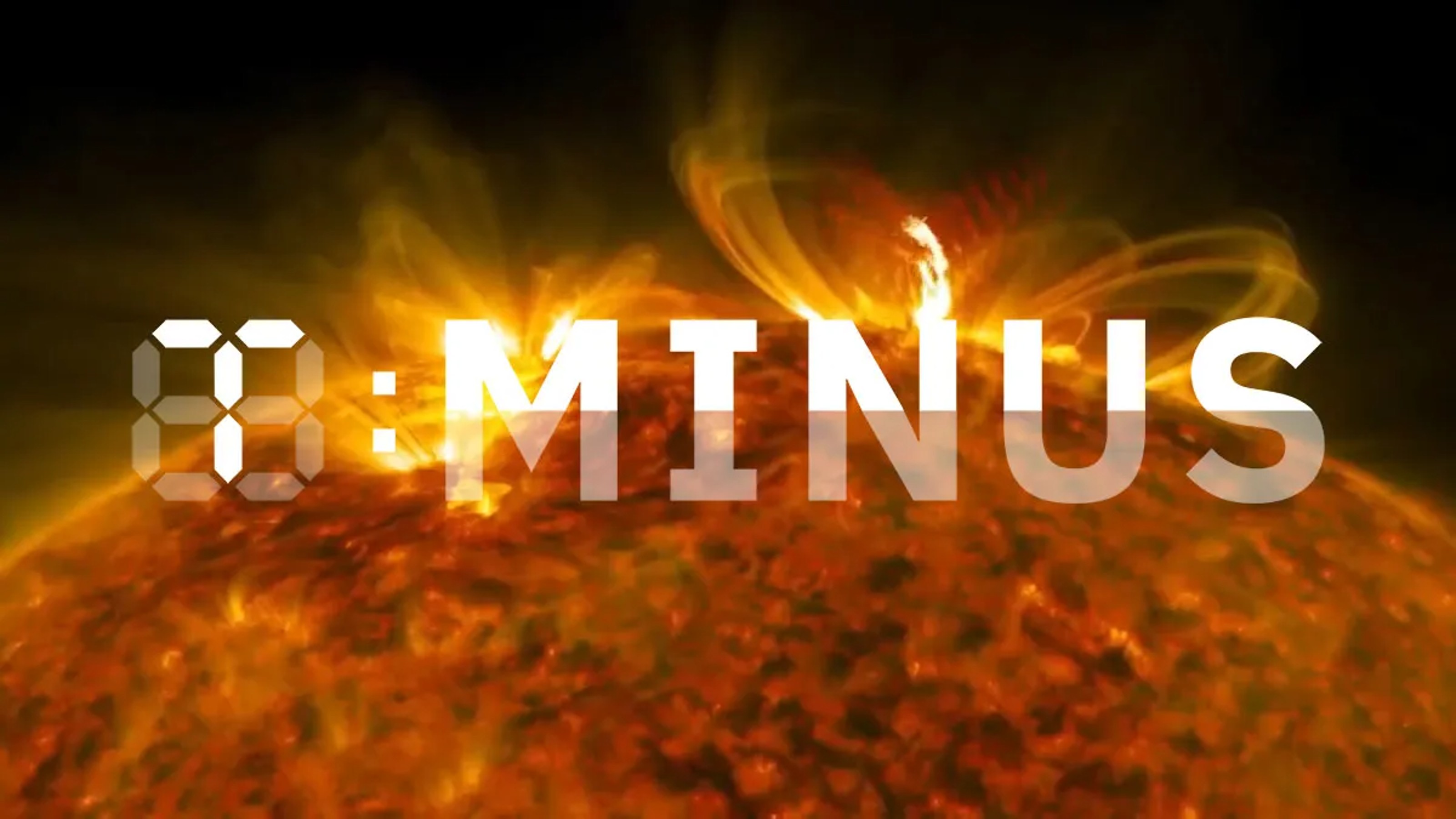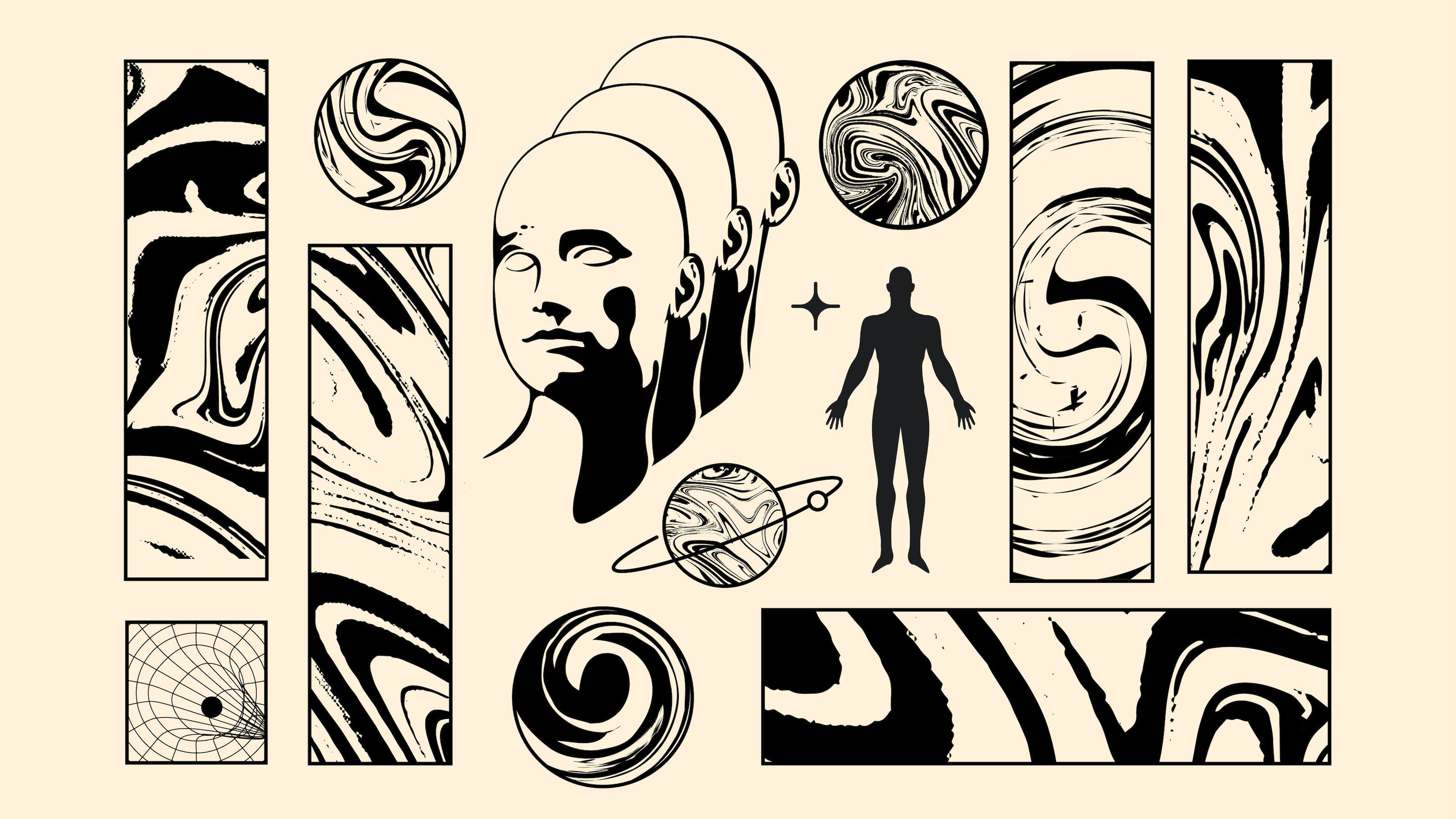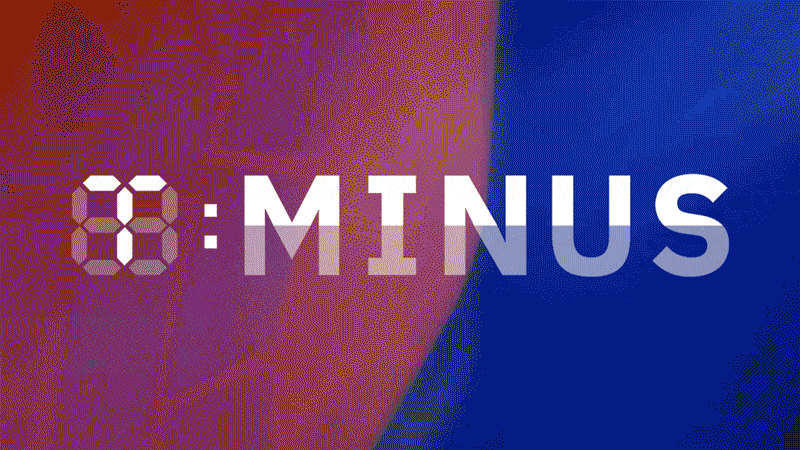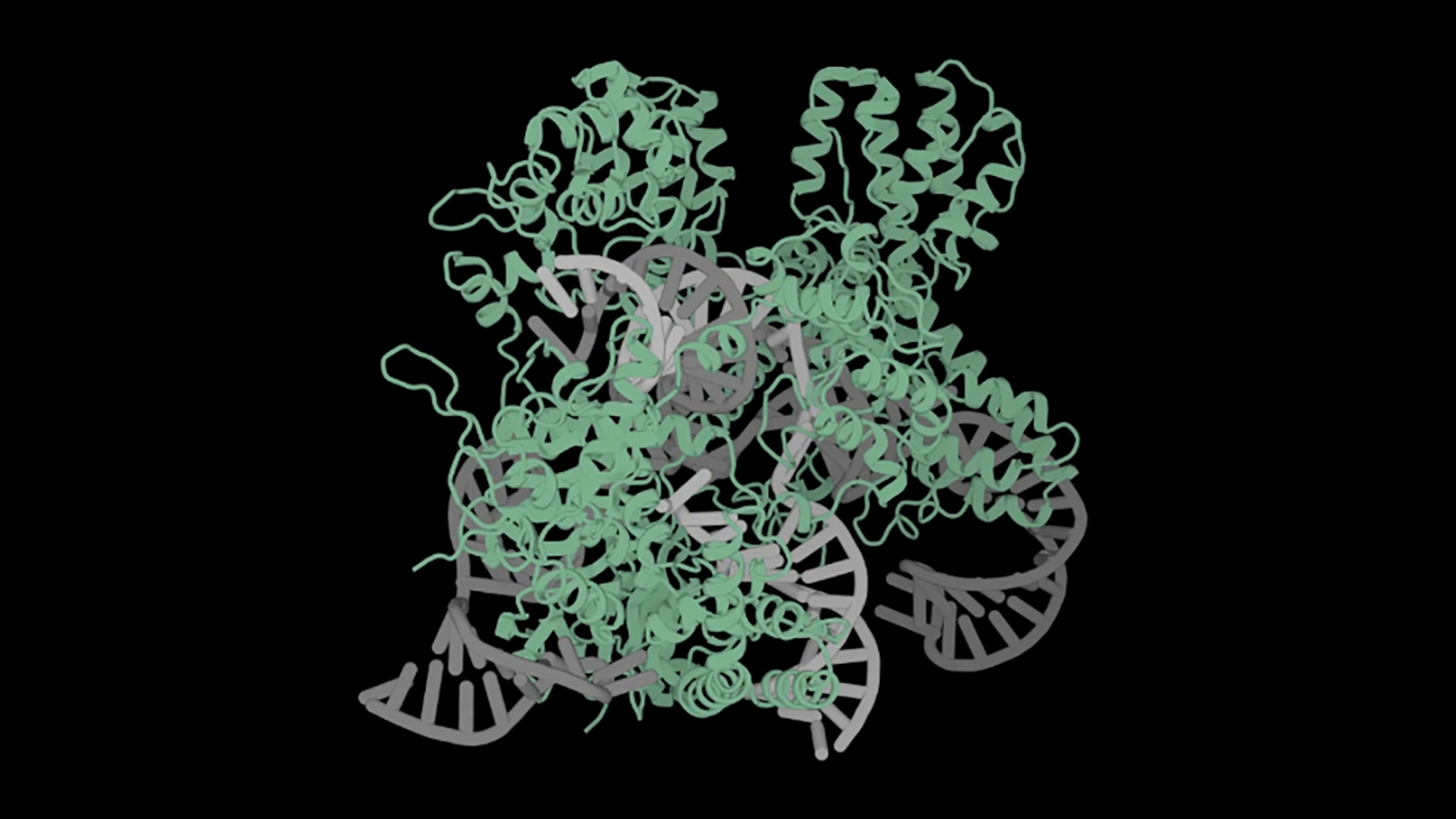innovation
Evidence shows that “centaurs” — human–AI teaming — produce better performance than either people or software can achieve alone.
We need more data centers for AI. Developers are getting creative about where to build them.
There is one obstacle that reliably blocks innovative ideas: how we fund science.
Vijay Tella — CEO of enterprise orchestration unicorn Workato — joins Big Think Business for an exploration of our “agentic” future.
These missions will put us one step closer to the ultimate goal: crewed trips to Mars.
His $1 million ARC Prize competition is designed to put us on the right path.
More accurate uncertainty estimates could help users decide about how and when to use machine-learning models in the real world.
The lithium-ion alternatives could help create a safer, greener future.
Quibi was so focused on foresight they forgot the basics of hindsight.
AI researcher and author Ken Stanley wonders how our rear-view perspective on success fits into a serendipitous mode of innovation.
Can AI-powered “answer engines” replace the 10 blue links model?
Alan Turing and Christopher Strachey created a ground-breaking computer program that allowed them to express affection vicariously when so doing publicly, as gay men, was criminal.
Hypersonic aircraft can fly at least five times the speed of sound. They would make for terrifying weapons.
The Extremely Large Telescope (ELT) will have a light-collecting power 10 times greater than today’s best telescope.
Cam Lawrence — CEO of international venture platform Newlab — joins Big Think Business to discuss his strategic vision for climate tech.
Google’s first Chief Innovation Evangelist — Frederik Pferdt — lays out a map for navigating unprecedented change and innovation.
Comparing Elon Musk’s Mars rocket to NASA’s new ride.
The military is courting tech startups to help it win the AI arms race.
A golden new era of business is within our reach — provided that we harness AI’s potential while mitigating the risks.
Architecture in the age of AI — argues professor Nayef Al-Rodhan — should embed philosophical inquiry in its transdisciplinary toolkit.
Smart glasses have flopped before. AI could finally make them mainstream.
Saudi Arabia’s Jeddah Tower is poised to become the world’s tallest building. What’s behind the century-plus drive to build ever taller skyscrapers?
Hunger rates are rising. These technologies could turn the tide.
A look back at the rise of solar power in the US and what’s next.
“By 2040, we hope to see a number of new drugs that have been designed with AI reaching patients.”
To know how to protect its astronauts, NASA needs to first understand the threat.
Tech entrepreneur Alvin Wang Graylin sketches out a bold new age of AI-led enlightenment underscored by compassion.
The threats Mars astronauts face — and how NASA is working to solve them.
We will believe in AGI when it calls on Facetime.
Profluent’s new platform is like ChatGPT for genetic technology.
